Rocca di Castagnoli
Located in the Gaiole area, the Chianti Classico hills are the ideal place to spend a few days immersed in a unique atmosphere, while enjoying good wine. One of the oldest estates in Chiantishire, Rocca di Castagnoli boasts a millenary fortress (11th century), now used as a farmhouse with 8 flats, 6 rooms and an original jug-shaped swimming pool with panoramic view. The village was finely restored in 1985 by the Calì family, the current owner who since 1981 have been managing 91 hectares of vines, predominantly Sangiovese. 'We fell in love with the incredible beauty of the land, so familiar and unique, which prompted us to pursue the centuries-old history of Rocca di Castagnoli, by undergoing in the early 1980s a radical company shake-up' – says Alessandro Calì – 'with the aim of producing wines of excellence by implementing sustainable business management'.
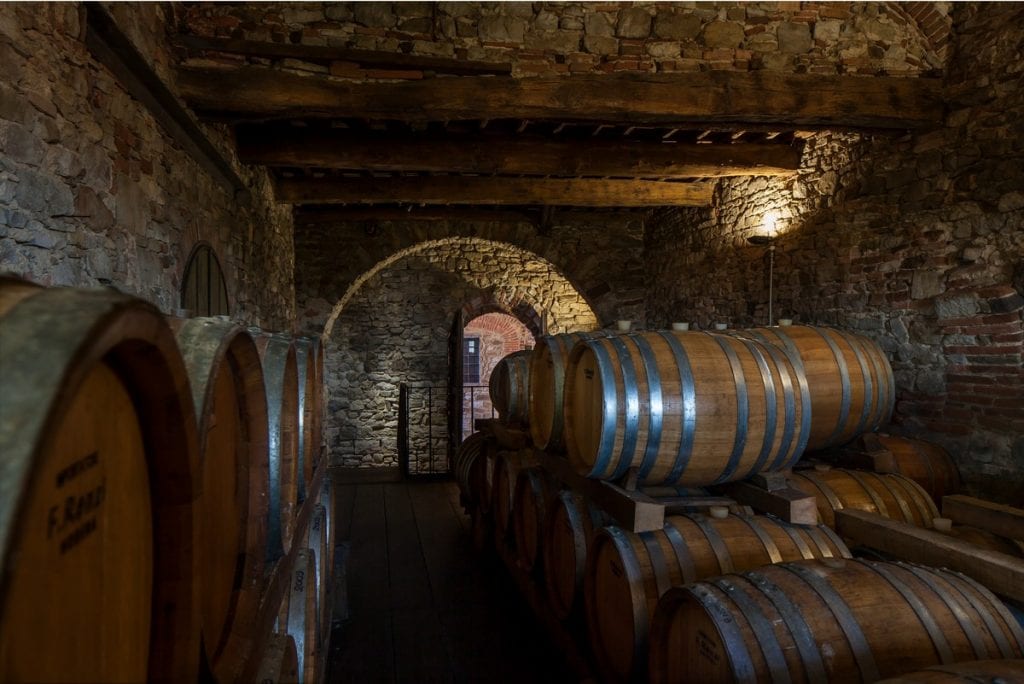
The extensive vineyard park is divided into various parcels, some of undisputed value that give rise to specific cru of Chianti Classico such as Stielle, a seven-hectare vineyard at an altitude of 600 metres in Gaiole (hence the Gran Selezione of the same name); or the Conca d'Oro and the Setriolo hill, in Castellina in Chianti, within the vineyards of the Tenuta Capraia, where the Riserva Capraia and the Gran Selezione Capraia Effe 55 (its 206 version won the Tre Bicchieri in Vini d'Italia 2021) are made respectively. 'We decided to focus on a limited production of excellence with the objective to enhance our different terroirs, thus developing in the last twenty years a style aimed at exalting in the glass what makes us nonsimilar: our land. We started therefore to use less invasive wooden barrels to emphasise our mineral-rich soils (marl, alberese limestone and limestone), which give life to fine, elegant and fruity wines'.
The whole process is carried out according to the criteria of organic farming: 'We have always looked at the land in a respectful way, aware that you need to be in symbiosis with the surrounding environment if you want to produce a good wine. Of course, this should not only be limited to the steps in the vineyard or to the mere oenological aspect, but rather to all the activities in the process, such as the targeted use of machinery and tractors in order to reduce emissions and the waste of water and energy during the production. Organic farming for us is a compulsory step in a longer and more complex process towards an all-round company sustainability project. But this is not the only project in the pipeline: for some years now, the company has been working on a new line, different from the "classic" one. We are talking about "Tempi", a range of wines (a red based on Sangiovese and two whites) made in an artisanal manner, with the goal of highlighting both an agricultural approach aimed at making the most of old clones that have always been grown on the estate, and former vinification methods (such as manual pressing and destemming) and materials (concrete, amphora and cocciopesto). 'The Tempi project was set out to experiment and rediscover the wine of the past, what today we call "natural". A tribute to the noble Florentine Tempi family, who introduced in the 18th century Rocca di Castagnoli to the world, the Tempi line includes a Sangiovese, a slightly macerated Trebbiano/Malvasia-based wine (Notte Tempi,) and a new white to be released at the end of the year'.
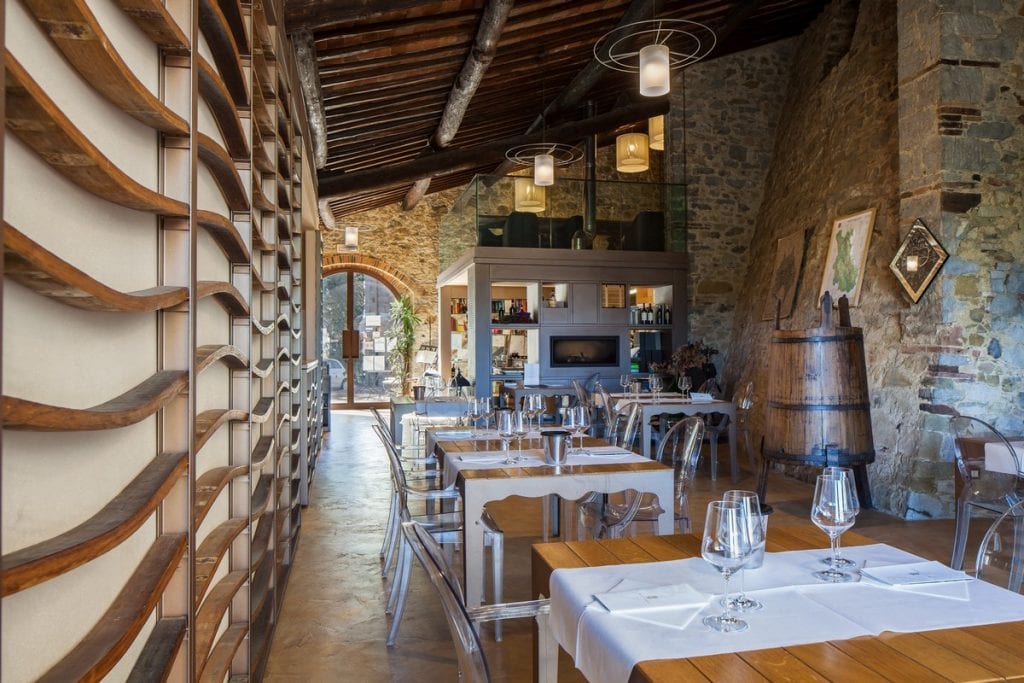
But wine is only one of the facets of Rocca di Castagnoli; wine tourism is indeed another core point of the Calì family's activities, part of a wide-ranging project started in 2004 for a diversified company: 'We developed our hospitality facilities inside the medieval fortress, given over to a holiday farm after a careful and respectful renovation of the interior and exterior. This activity has gradually become more and more strategic, allowing us to introduce and directly communicate our wine to a wide and targeted audience of end customers who, in most cases, thanks to wine tours and tastings, have become loyal customers'. Among the many activities not to be missed, there is the gastronomic heart of the village: the restaurant Il Celliere. Lunch and dinner in the name of the typical Tuscan dishes revisited: pigeon ravioli, pappardelle with porcini mushrooms (when in season), Tuscan ribollita, Irish Angus tomahawk with a side of cannellini beans and roast potatoes, just to mention a few. But what do we pair them with? 'The Gran Selezione Stielle '16 can be enjoyed with the ravioli; the pappardelle go well with the Chianti Classico Riserva Capraia '17, a savoury and well-defined wine; the ribollita goes hand in hand with the freshness of taste and the aromatic clarity of the Chianti Classico Capraia '18, while I recommend the centrepiece for the tomahawk: the Gran Selezione Capraia Effe 55 '16, an important, dense, articulated, complex wine'.

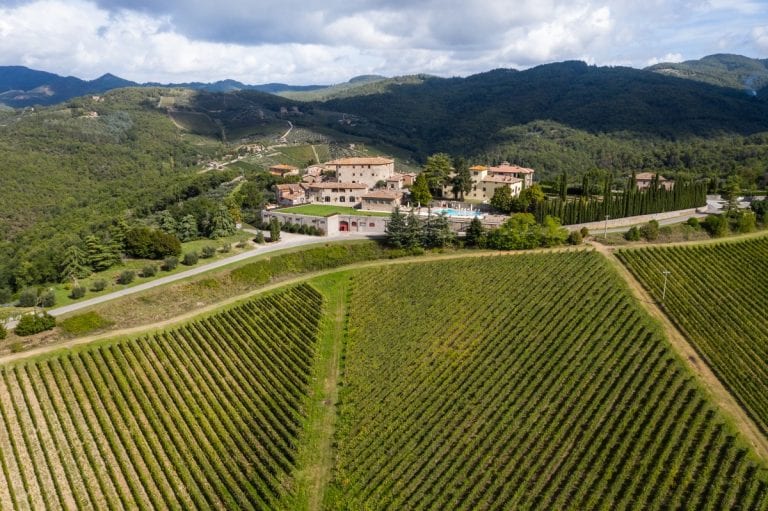
 At The Crown Tirana, service and quality at the highest levels
At The Crown Tirana, service and quality at the highest levels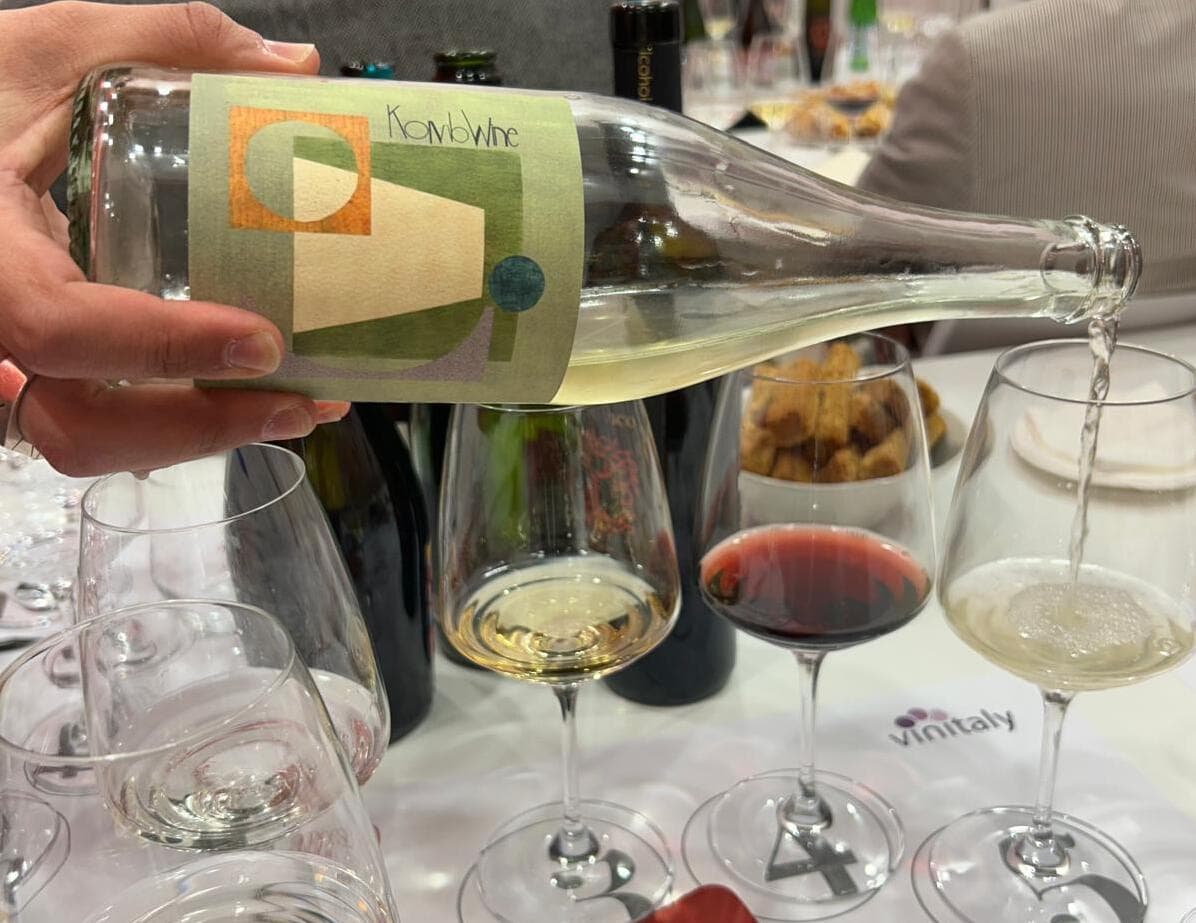 We tasted Komb(w)ine, the new product that combines grape must and kombucha. Here’s our verdict
We tasted Komb(w)ine, the new product that combines grape must and kombucha. Here’s our verdict What changes for the export of Italian wines to China under the new regulations?
What changes for the export of Italian wines to China under the new regulations? “Forget dealcoholised wines. The future is Komb(w)ine.” Moser and Ravizza present a new grape must-based product
“Forget dealcoholised wines. The future is Komb(w)ine.” Moser and Ravizza present a new grape must-based product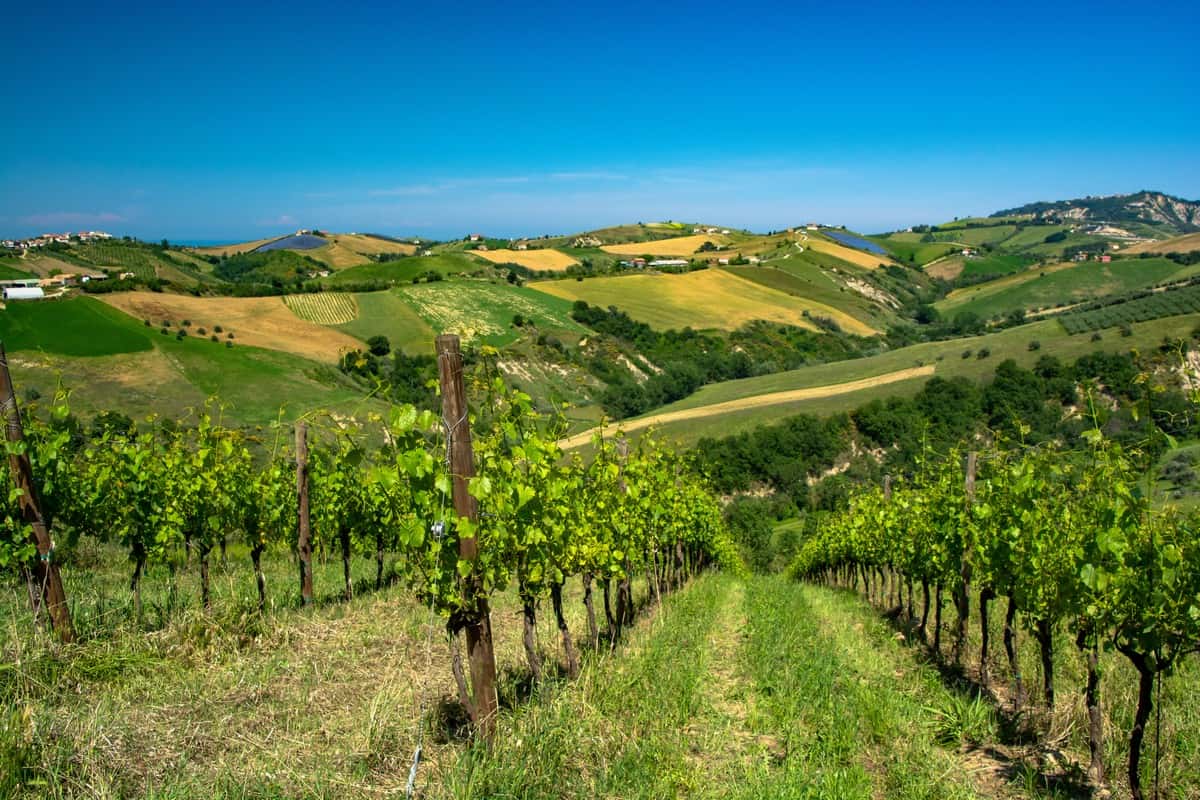 Global wine consumption at a historic low and vineyards in decline. The OIV report outlines a 2024 to forget
Global wine consumption at a historic low and vineyards in decline. The OIV report outlines a 2024 to forget






